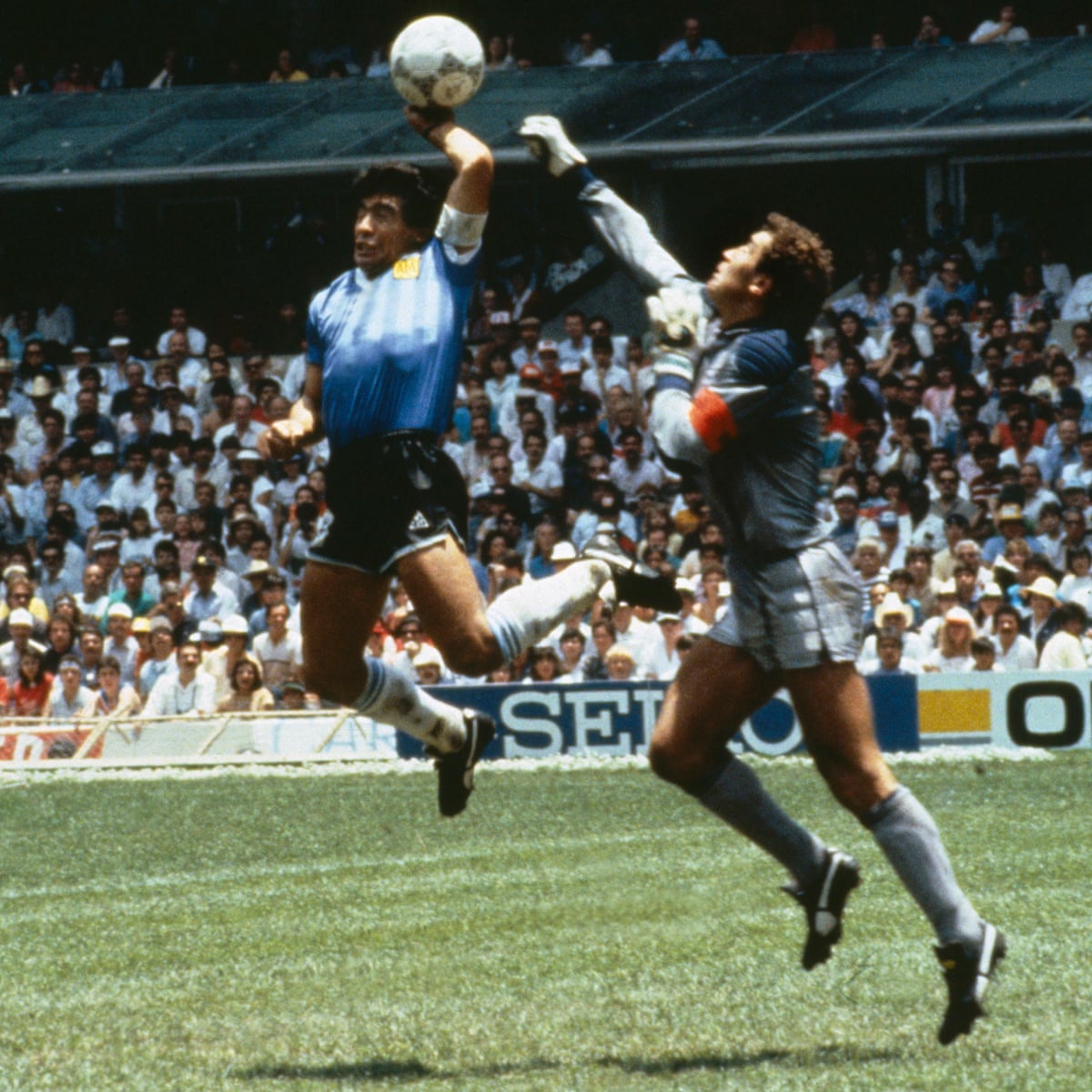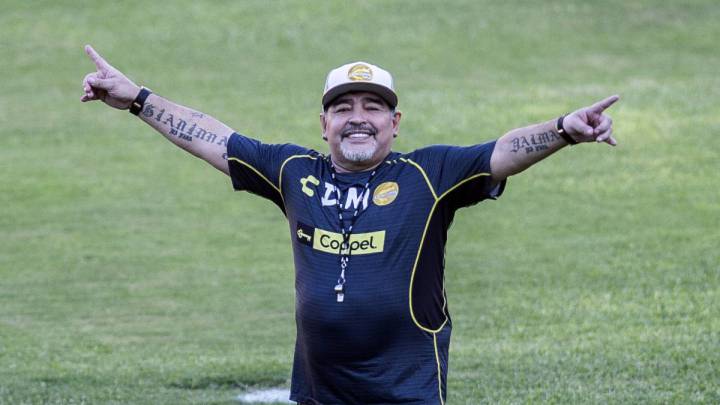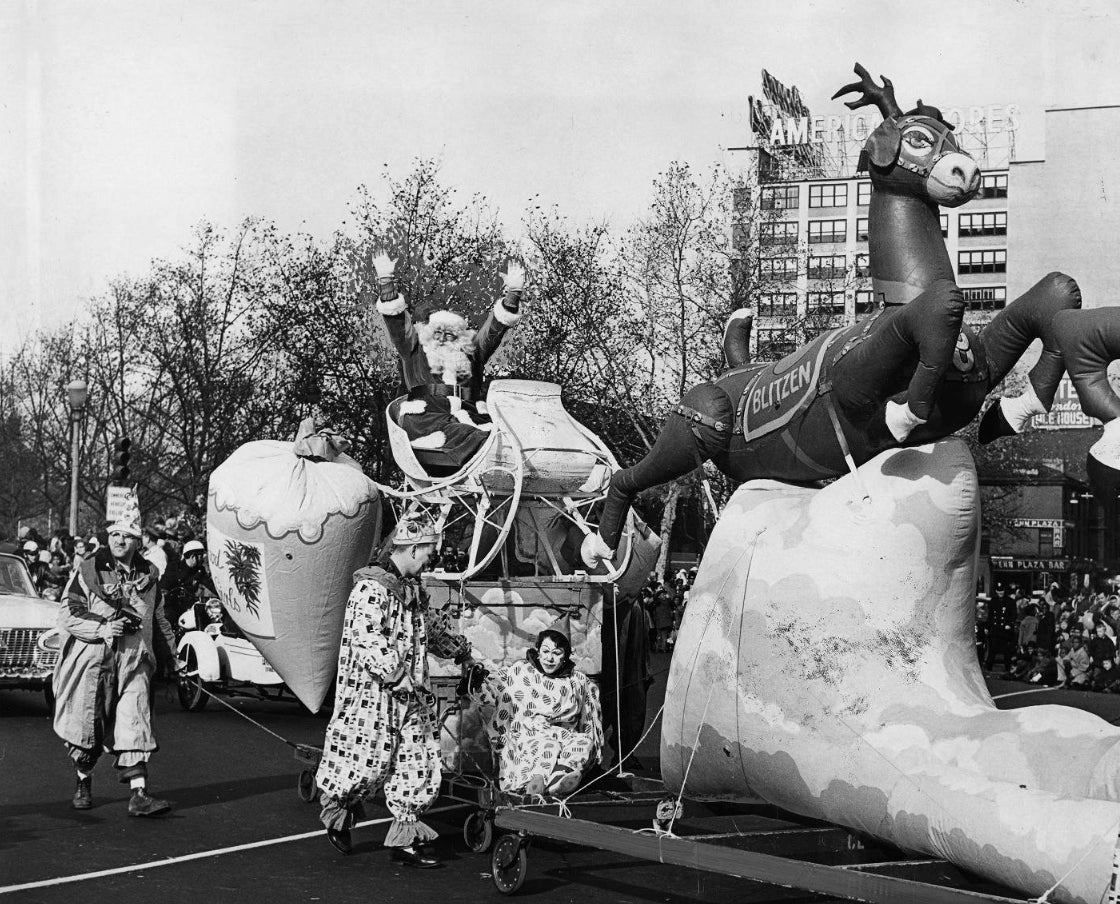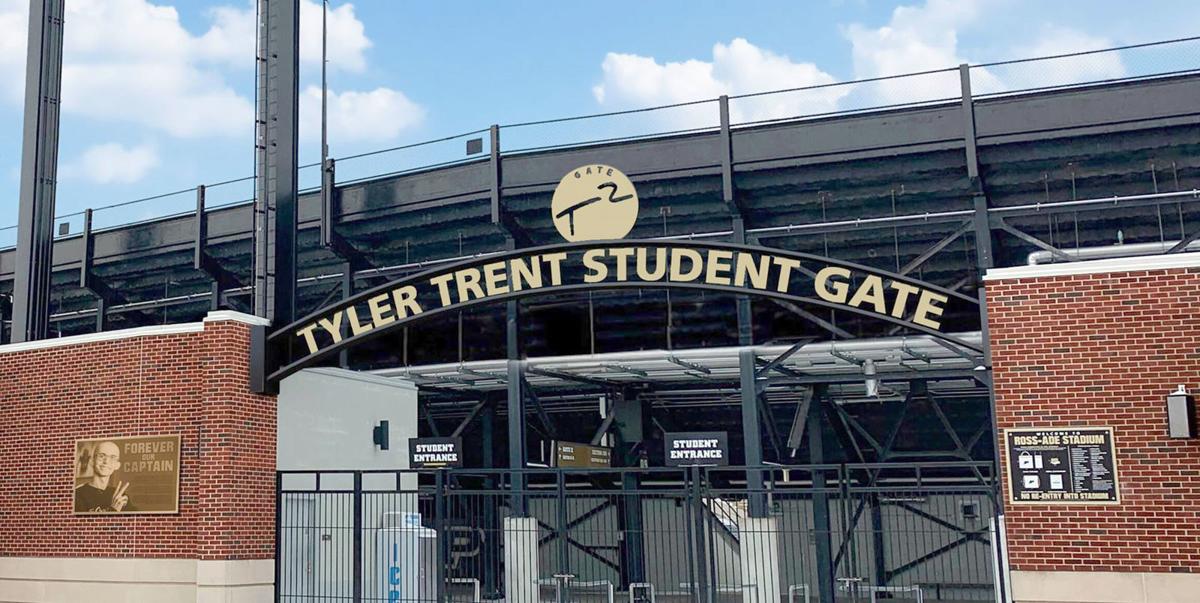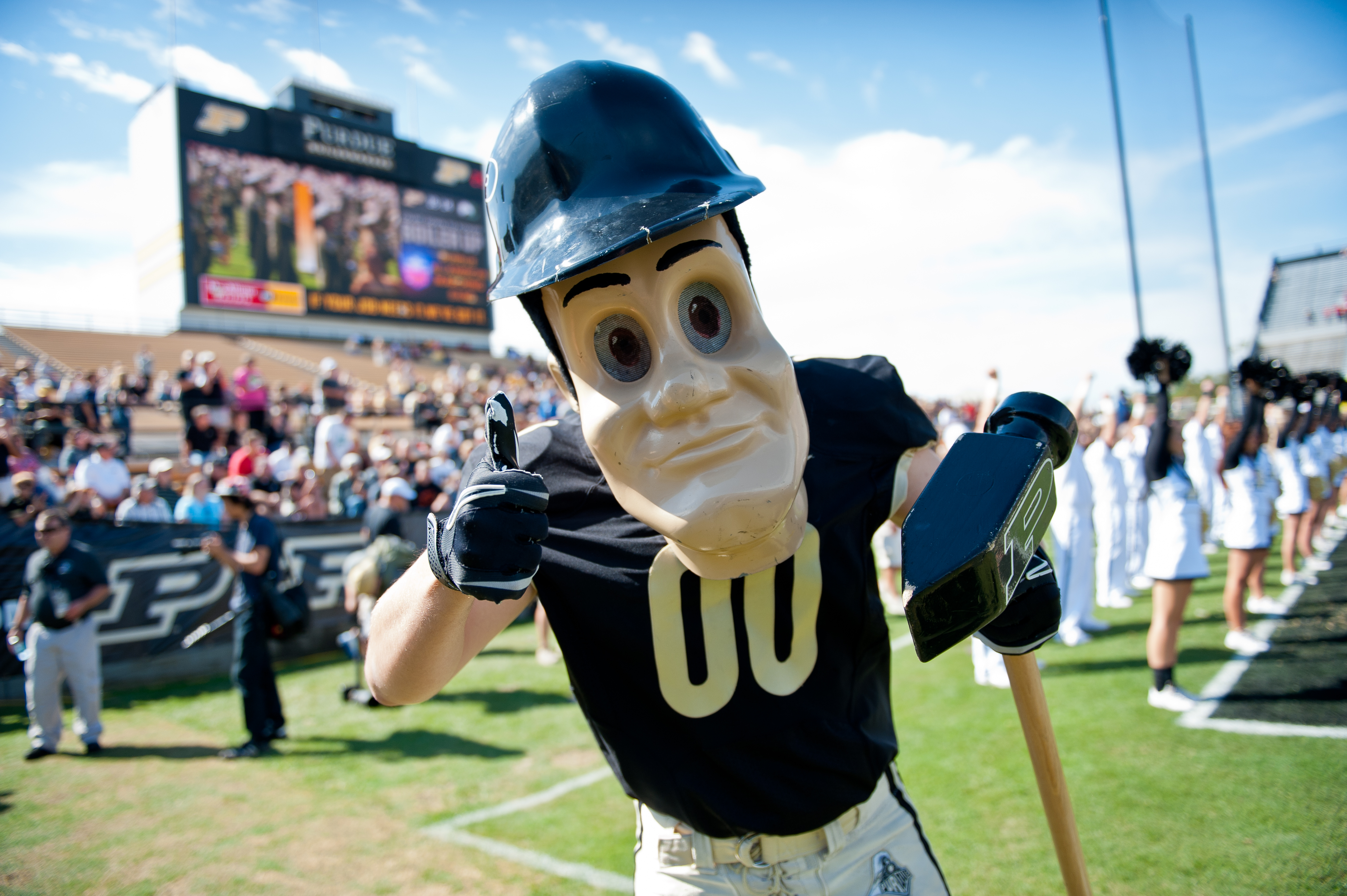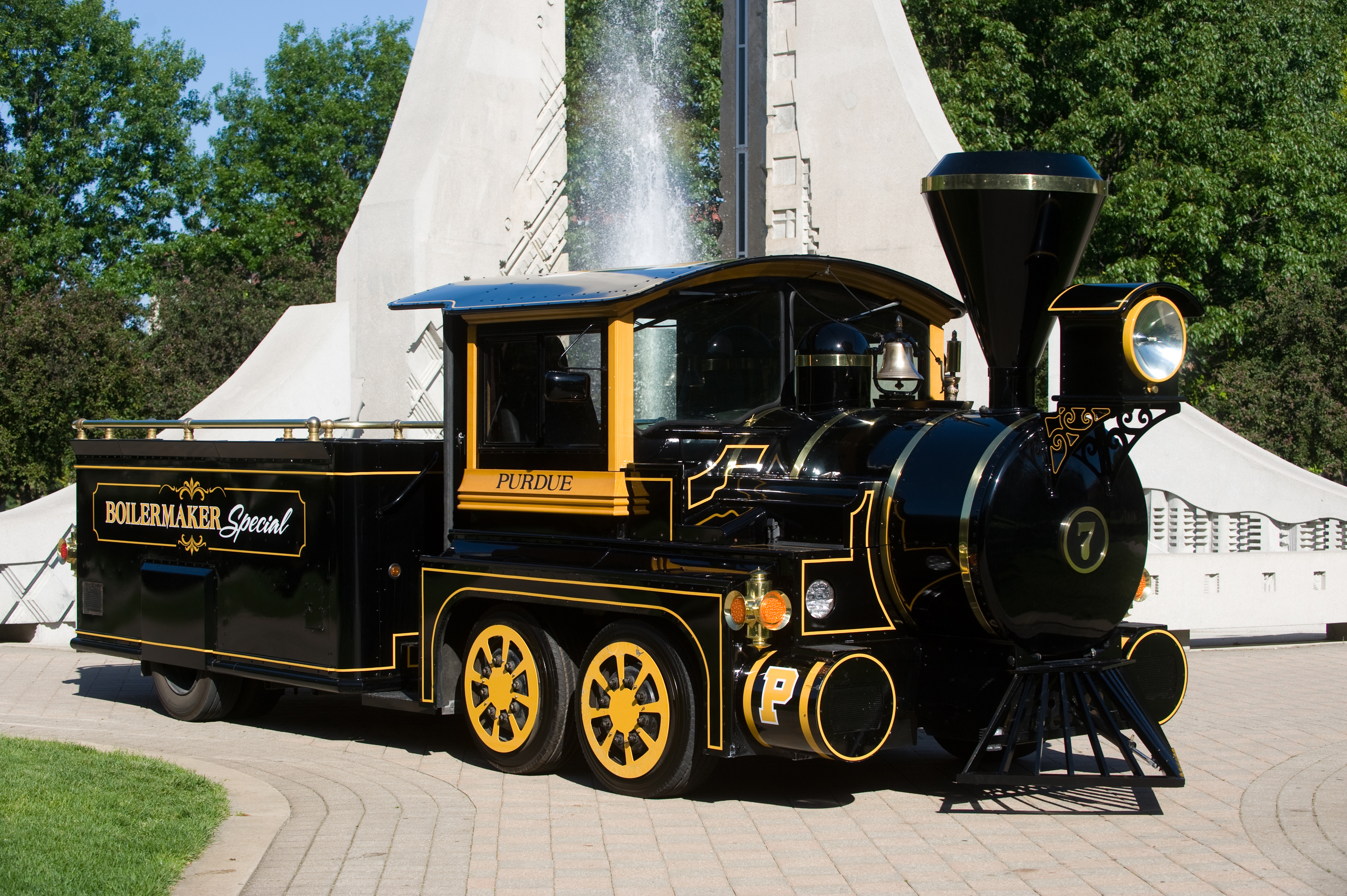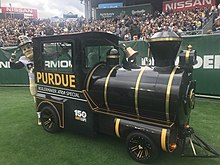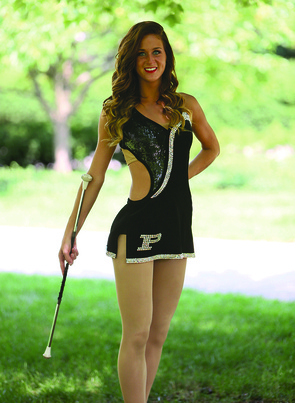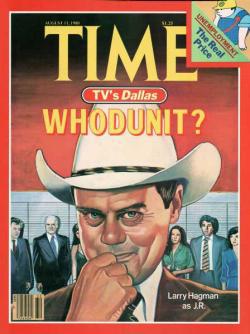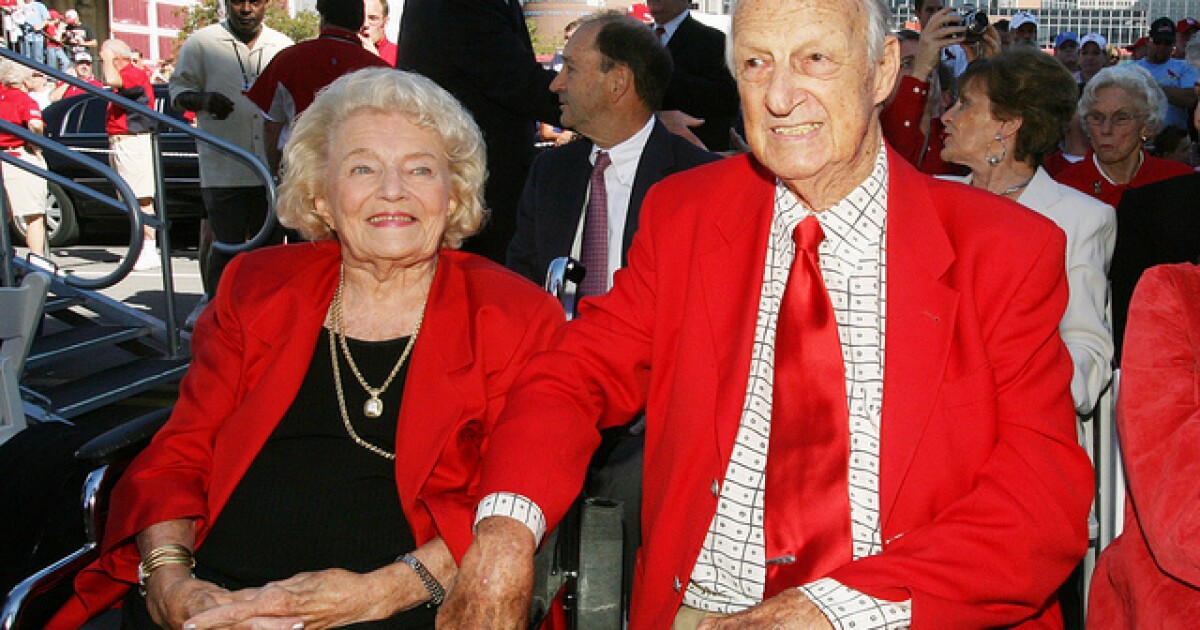The Gateway to the Future Arch
Rutgers was supposed to travel to West Lafayette, Indiana to play Purdue University in football on October 10, 2020. Due to the COVID-19 shutdowns, that game was postponed until November 28. And, due to the restrictions, no fans will be permitted to attend.
The schools are not scheduled to play each other again until 2025, at Rutgers. Big 10 schedules only go that far ahead.
Therefore, this is the one Rutgers game this season for which I'm going to do a Trip Guide, because I literally don't know when I'll get another chance, unless I just want to do their "Old Oaken Bucket" game against cross-State rival Indiana, which will be at Purdue next season.
Also next season, Rutgers visits Northwestern, the last remaining Big Ten school that I have not done a Trip Guide for. Their visit to Evanston will complete the circuit.
Before You Go. Despite being in the Midwest, and on the Wabash River, West Lafayette is not on a Great Lake, bringing strong winds and "lake effect snow." So the weather won't be substantially different from what we get in the Middle Atlantic States.
The website of the
Indianapolis Star is predicting mid-40s for next Saturday afternoon, and low 30s and rain -- but not snow -- for the evening. Bring a Winter jacket, and you may need an umbrella.
Indiana used to be 1 of 2 States, Arizona being the other, where Daylight Savings Time was an issue; however, since 2006 -- 4 years after a West Wing episode lampooned this -- the State has used it throughout. There will be no need to adjust your timepieces.
Tickets. Obviously, this won't be an issue in 2020. For 2019, ticket prices were as follows: Midfield, $42; ends, $34; end zones, $26. They may be the same, or a little more, for 2021 -- presuming things are back to normal by then.
Getting There. It's 760 miles from Times Square in Manhattan to downtown West Lafayette, Indiana, and 752 miles from SHI Stadium in Piscataway to Ross-Ade Stadium. Knowing this, your first reaction is going to be to fly out there.
Except you're not going to fly directly to West Lafayette. The University is 70 miles northwest of Indianapolis International Airport, and 144 miles southeast of O'Hare International Airport in Chicago. It may be the least accessible school among the original 10 members of the Big Ten. (Still a little easier to reach than Penn State.)
Despite this being Thanksgiving week, you could get nonstop flights on United Airlines from Newark to Indianapolis International Airport for a round-trip fare of just $321. So even if you have to rent a car for the last 70 miles, that's cheap.
Amtrak goes to Lafayette, Indiana. The station is at 200 N. 2nd Street. The problem is, the Cardinal only runs 3 times a week. You would board it at Penn Station on Friday at 6:45 AM, arriving at Lafayette on 7:35 AM on Saturday; and then you wouldn't be able to leave until Monday, and then you'd have to go to Chicago and change trains there, and that's just too complicated. Let's move on.
Greyhound goes to Lafayette, although you'd have to change buses in Indianapolis with a 3-hour-plus layover, and that's no fun. It's $344 round-trip. And you'd still have to take Bus 4B from Lafayette the last 1 mile, over the Wabash River, to the main campus, and another mile to the stadium. The Greyhound Station is at 316 N. 3rd Street, 3 blocks from the train station.
If you decide to drive, it's far enough that it will help to get someone to go with you and split the duties, and to trade off driving and sleeping. You'll need to get on the New Jersey Turnpike, and take Interstate 78 West across New Jersey, and at Harrisburg get on the Pennsylvania Turnpike, which at this point will be both I-70 and I-76. When the two Interstates split outside Pittsburgh, stay on I-70 West.
You'll cross the northern tip of West Virginia, and go all the way across Ohio (through Columbus), and halfway through Indiana to Indianapolis. Then take I-65 North to Exit 175, an dhead west on Indiana Route 25/Schuyler Avenue. Make a right on Sagamore Parkway West, then a left on Yeager Road and a quick left on Northwestern Avenue. No, that street won't get you to the Northwestern University campus, it will get you to the Purdue Univesrity campus.
If you do it right, you should spend about an hour and 15 minutes in New Jersey, 5 hours in Pennsylvania, 15 minutes in West Virginia, 3 hours and 45 minutes in Ohio, and 2 and a half hours in Indiana. That's going to be 12 hours and 45 minutes. Counting rest stops, preferably 6 of them, and accounting for traffic in both New York and Indianapolis, it should be about 15 hours.
Once In the City. Like anyplace else in America with the name, Lafayette and West Lafayette were named for Marie-Joseph Paul Yves Roch Gilbert du Motier, Marquis de La Fayette, hero of both the American and the French Revolutions.
Lafayette, founded in 1825, is home to about 67,000 people; and West Lafayette, founded in 1888, about 30,000, not counting Purdue students. State Street divides building addresses into North and South, and the River into East and West. The area is about 72 percent white, 16 percent Hispanic, 11 percent black, and 1 percent Asian.
The sales tax in the State of Indiana is 7 percent. ZIP Codes in The Lafayette area start with the digits 479, and the Area Code is 765. The fare on GoCity Bus is just $1.00. The Journal & Courier is the local newspaper.
Purdue University was founded in 1869, and was named for its original
benefactor, local businessman John Purdue. Since 2013, the school's President has been Mitch Daniels, a former Governor of Indiana, and Budget Director in the 1st term of President George W. Bush. He, however, is not a Purdue graduate: He got his bachelor's degree from Princeton, and his law degree from Georgetown.
Purdue specializes in science and engineering. As a result, it has produced more
astronauts than any other school except the U.S. Naval Academy: 23, including
Moonwalkers Neil Armstrong (Apollo 11) and Gene Cernan (Apollo 17); Mercury 7 astronaut Gus Grissom and
Roger Chaffee, both killed in the Apollo 1 fire; and Jerry Ross, whose 7
spaceflights are a U.S. record. The school also produced Chesley Sullenberger,
the pilot who had to land an airliner on the Hudson River in 2009. Among its other alumni:
From the
arts: Writers Booth Tarkington, George Ade and Kate Collins; actress Callie
Khouri; comedian Jim Gaffigan; Little Orphan Annie creator Harold Gray; and Queer
Eye for the Straight Guy panelist Ted Allen.
From
politics: Controversial Secretary of Agriculture Earl Butz; Senator Birch Bayh
of Indiana; Governors Harry Leslie of Indiana and Kirk Fordice of Mississippi;
and former Second Lady Marilyn Quayle.
From
business: Popcorn magnate Orville Redenbacher.
From other sports other than football: 1950s Yankee 1st baseman Bill "Moose" Skowron and 1960 Pittsburgh Pirate World Series-winning
pitcher Bob Friend; basketball legends John Wooden, Terry Dischinger, Rick
Mount, Billy Keller, Herm Gilliam, Jerry Sichting, Brad Miller, and Glenn "Big
Dog" Robinson; and Olympic Gold Medalists Ray Ewry, David Boudia and Amanda Elmore.
Going In. The official address of Ross-Ade Stadium is 850 Steven Beering Drive. If you drive in, parking is $20. The stadium is a horseshoe, with the open end to the south. It seats 57,236, but there is a plan to put an upper deck on the stadium, greatly increasing capacity. In the Big Ten, a league full of architectural marvels, it is not one. But is the only stadium in the league that has always had natural grass.

Opened in 1924, it was named for its principal benefactors. David E. Ross (1871-1943) was an engineer and inventor, who also funded the Purdue Memorial Union in tribute to graduates who'd died in World War I, and its former basketball facility, Lambert Fieldhouse. He later served on the University's Board of Trustees. George Ade (1866-1944) was a Chicago-based newspaper columnist, novelist and humorist, and his success led him to donate to his alma mater, Purdue.
A few weeks ago, the playing surface was renamed Rohrman Field, in memory of Bob Rohrman, an owner of local auto dealerships and a Purdue graduate, who had donated over $15 million to the school. In March 2019 it was announced that a memorial for superfan Tyler Trent, who died on January 1, 2019, at the age of 20 from cancer, would be placed at Student Section Gate entrance in his honor.
Food. Indiana is in the heart of the Midwest, right-smack-dab in the middle (or what used to be the middle, before Penn State, and then Nebraska, Rutgers and Maryland, were admitted) of Big Ten Country, where tailgate parties are practically a sacrament. So tailgating is permitted outside RAS.
Inside the stadium, however, you may be disappointed. Your best options are before the game (tailgating) and after (which I'll get to). Inside, as
StadiumJourney.com says:
Ross-Ade Stadium provides your usual game day fare. With burgers and chicken tenders at $6 and specialty hot dogs for $4, you can fill up on a meal for $10. They offer $4 snack selections that include a box of popcorn, waffle fries, a soft pretzel, or nachos with cheese. The most popular food items I saw were the Big Boiler burger and the souvenir popcorn bucket, both at $8. The venue also does the $8 bottomless soft drinks, which are always a great incentive for fans to purchase a soda with their food.
Team History Displays. Purdue has won 12 Conference Championships: 1891, 1892, 1893 and 1894 in the long-defunct Indiana Intercollegiate Athletic Association; and 1918, 1929, 1931, 1932, 1943, 1952, 1967 and 2000 in the Big Ten.
However, the 1929 season remains the only time they have won the Big Ten outright. To make matters more frustrating, the 1967 title was shared with arch-rival Indiana and Minnesota. (Purdue beat Minnesota but lost to Indiana, but Indiana lost to Minnesota, forging the 3-way tie.) The 2000 title was shared with Michigan and Northwestern. Purdue has yet to appear in the Big Ten Championship Game since its 2011 start.
Due to the Big Ten's rules regarding Bowl games, Purdue never appeared in one until the 1966 season: Because Michigan State had won the title and gone to the Rose Bowl the year before, they couldn't go to it again, so 2nd-place Purdue did, and beat USC in the 1967 Rose Bowl. But the next season, Purdue was prohibited from going, not because they lost a tiebreaker, but because of the back-to-back seasons rule, and Indiana went (and lost).
Purdue went to the Rose Bowl again in the 2000 season, losing the 2001 Rose Bowl to the University of Washington. Those 2 Rose Bowls remain their only appearances in any of the traditional New Year's Day bowl games. Purdue has also won the 1978 Peach Bowl, the 1979 Bluebonnet Bowl, the 1980 Liberty Bowl, the 1997 and 1998 Alamo Bowls, the 2002 Sun Bowl, the 2007 Motor City Bowl, the 2011 Little Caesars Pizza Bowl (same game as the Motor City Bowl), and the 2017 Foster Farms Bowl.
Purdue was retroactively awarded a share of the 1931 National Championship, with the University of Pittsburgh None of the preceding achievements are noted with a sign or a flag in the fan-viewable areas of Ross-Ade Stadium. Nor do they have any retired uniform numbers.
There are 17 Purdue players in the College Football Hall of Fame: 1910s back Elmer Oliphant, 1930s back Cecil Isbell, 1940s guard Chalmers "Bump" Elliott, 1940s guard Alex Agase, 1960s quarterback Bob Griese, 1960s running back Leroy Keyes, 1960s quarterback Mike Phipps, 1970s running back Otis Armstrong, 1970s defensive tackle Dave Butz, 1970s quarterback Mark Herrmann, and 1980s safety Rod Woodson.
Also elected as members have been head coaches Andy Smith (1913-15), Jim Phelan (1922-29), Jack Mollenkopf (1955-69) and Jim Young (1977-81). Oddly, Noble Kizer (1930-36), head coach of their 1931 National Champions, is not in the Hall. Agase also served as head coach (1973-76). William "Lone Star" Dietz, Hall of Fame coach at Washington State, and John McKay, Hall of Fame coach at USC, also played at Purdue.
Griese and Woodson are also in the Pro Football Hall of Fame. So is Len Dawson, who quarterbacked Purdue in the 1950s, before winning 3 AFL Championships and Super Bowl IV with the Kansas City Chiefs. His Chiefs coach, Hank Stram, was also a Purdue player, and an assistant coach while Dawson played there, and is also in the Pro Football Hall.
Starting with Bob DeMoss -- later their head coach and their longtime athletic director -- in the 1940s, Purdue became known for a string of fine quarterbacks: DeMoss, Dale Samuels, Dawson, Griese, Phipps, Gary Danielson, Herrmann, Scott Campbell, Jim Everett, Drew Brees, Kyle Orton and Curtis Painter.
So, notable Purdue players include:
* 1910s: Oliphant.
* 1930s: Isbell, back Johnny Drake, 1930s tackle Joe Mihal.
* 1940s: Elliott, Agase, DeMoss, guard Dick Barwegan, back John Petty.
* 1950s: Samuels, Dawson, guard Abe Gibron, offensive end Pete Brewster (they weren't called "tight ends" yet), defensive ends Lamar Lundy and Leo Sugar, defensive back Erich Barnes, offensive tackle Ken Panfil.
* 1960s: Griese, Keyes, Phipps, center Ed Flanagan, center Larry Kaminski, receiver Jim Beirne, defensive end Don Brumm, defensive tackle Joe Krupa, safety Tim Foley.
* 1970s: Danielson, Armstrong, Butz, Herrmann, ill-fated receiver Darryl Stingley, running back Mike Pruitt, linebacker Keena Turner.
* 1980s: Everett, Woodson, running back Mel Gray, cornerback Cris Dishman.
* 1990s: Brees, guard Denny Chronopoulos, running back Mike Alstott, linebacker Jim Schwantz.
* 2000s: Tight end Matt Light, center Nick Hardwick, defensive end Shaun Phillips.
* 2010s: Running back Kory Sheets, defensive tackle Kawann Short, and linebacker Ryan Kerrigan.
In 2004 -- not quite in time for the 100th Anniversary, a limestone and brick tunnel was dedicated to the memory of the 17 people -- players, coaches and fans -- killed in what became known as the Purdue Wreck, on October 31, 1903. The Boilermakers were on their way to play arch-rival Indiana at Washington Park, the minor-league ballpark in Indianapolis, when their train crashed into a coal train on the outskirts of downtown Indianapolis. That game, and the 4 Purdue games scheduled for after it, were canceled.
Purdue has 3 rivalries where trophies are awarded to the winner. The Boilermakers and the Fighting Illini of the University of Illinois, 91 miles to the southwest, play for the Purdue Cannon. In 1905, a group of Purdue students took a little cannon, only a few inches long, with them to Champaign, intending to fire it if Purdue won. They did, 29-0, but some Illinois fans found it and took it.
Among the students who found it was Quincy Hall, who took it to his family's farm near Milford, Illinois. In 1943, when the teams began laying each other again after an 11-year gap, he suggested it as a trophy between the teams.
The series, which was first played in 1890, could not be any closer: It is tied, 45-45-6, following Purdue's win earlier this season. But, just in games played for the Cannon, Purdue leads 37-30-4.
Purdue and Notre Dame, 113 miles to the northeast in South Bend, Indiana, play for a Shillelagh Trophy, as do Notre Dame and the University of Southern California. For the winner of a game first played in 1896, Joe McLaughlin, a merchant seaman and a Notre Dame fan, donated a shillelagh he had bought in Ireland in 1957.
Overall, Notre Dame leads the series 56-26-2. Since the trophy was first presented, the Fighting Irish lead it 37-19. Due to conference commitments, they haven't played each other since 2014, with Purdue's last win coming in 2007. However, they are scheduled to play each other again in 2021, in West Lafayette.
But the rivalry that means the most to Purdue fans is the one with in-State rival Indiana University -- and vice versa. Bloomington is 99 miles due south on U.S. Route 231, although a faster route is usually the 113 miles down Interstate 65 to Indianapolis, and then down Interstate 69 to Bloomington (or the reverse).
It's a nasty rivalry -- nastier still in basketball, the most popular sport in the State. As Purdue fans enjoy reminding people, the incident where legendary Indiana basketball coach Bobby Knight threw a chair across the court came in a 1985 game where Purdue was beating Indiana in Bloomington.
They first met in 1891. In 1925, Indiana graduate Dr. Clarence Jones and Purdue graduate Russel Gray met to select a trophy for the game. They chose "The Old Oaken Bucket," named for an 1817 poem by Samuel Woodworth. As Gray put it:
- An old oaken bucket as the most typical Hoosier form of trophy, that the bucket should be taken from some well in Indiana, and that a chain to be made of bronze block "I" and "P" letters should be provided for the bucket. The school winning the traditional football game each year should have possession of the "Old Oaken Bucket" until the next game and should attach the block letter representing the winning school to the bail with the score engraved on the latter link.
It is the habit of the winning team to put it on display with the chain hanging in such a way that their letter far outnumbers the other. This is considerably more difficult for Indiana: Overall, Purdue leads the rivalry 74-42-6, and 60-32-3 since the Bucket was first awarded. However, Indiana won last year, and has won 5 of the last 7.
Stuff. The Purdue Team Store is located in the northeastern corner of Ross-Ade Stadium, the round end of the horseshoe. Among the items sold are black, and gold, Boilermaker hard hats. A block from Ross-Ade, the Stadium University Book Store is at 720 Northwestern Avenue. A block away, at 1400 W. State Street, is Follett's Purdue West Bookstore. The main Purdue bookstore is at 360 W. State Street, closer to the main campus.
In 2008, Tom Schott published Purdue University Football Vault: The History of the Boilermakers. In 2006, a DVD was released, titled The Legends of the Purdue Boilermakers.
During the Game. Because of their Midwestern/Heartland image, Purdue fans like a "family atmosphere." As long as you don't say anything bad about their team, or anything kind about IU, especially Bobby Knight, you should be okay.
Answering the question, "So, what's a Boilermaker?" isn't as hard as the one for their rivals at IU, "So, what's a Hoosier?" because there is a definitive definition, and a definitive origin story. The definition: A boilermaker is "a tradesperson who fabricates steel, iron, or copper into boilers and other large containers intended to hold hot gas or liquid, as well as maintains and repairs boilers and boiler systems."
Notable people who have made a living this way include U.S. Army General Omar Bradley, automaking brothers Horace and John Dodge, actor-comedian Billy Connolly, and James J. Jeffries, Heavyweight Champion of the World from 1899 to 1904, and "The Boilermaker" became his nickname.
The origin story: Purdue began playing football in 1887. In 1889, they played Wabash College in nearby Crawfordsville, Indiana, winning 18-4. A newspaper account called the Purdue players, among other things, "foundry hands."
In 1891, Purdue went to Wabash again, and won 44-0. The Crawfordsville Daily Argus News carried a big headline: "Slaughter of Innocents." And a small headline: "Wabash Snowed Completely Under by the Burly Boiler Makers from Purdue."
The University decided they liked it, and went with it, sometimes shortening it to "Boilers." In the 1970s, when another football team wearing black and gold, the Pittsburgh Steelers, started winning Super Bowls as their fans chanted, "Here we go, Steelers, here we go!" Purdue fans took up the chant, as, "Here we go, Boilers, here we go!"
Since 1940, Purdue Pete has been a mascot, with a costumed performer since 1956, wearing a hard hat and carrying a hammer, and currently appearing to wear a football jersey Number 00.
But Pete is only the official mascot of the Athletic Department, not the University as a whole. The University mascot is The Boilermaker Special, a truck decorated to look like a railroad locomotive from the late Victorian (or, in America, Gilded Age) period that included the dawn of Purdue football. They chose a train because of Purdue's background in teaching railroad technology. As with Pete, the 1st Special was introduced in 1940.
The Boilermaker Special VII
In 1979, a smaller version, the Boilermaker X-tra Special, was introduced, to be used on surfaces that the main Special would ruin, like the basketball court at Mackey Arena or on carpets. It included a removable smokestack, to make it easier to move. This was the 4th overall "train," so it got the Roman numeral IV, as the main Special then was III. The current versions, introduced in 2011 and 2017, respectively, are the Boilermaker Special VII and the Boilermaker X-tra Special VIII.
Purdue Pete hanging off the Boilermaker X-tra Special VIII,
2019, with the University's 150th Anniversary logo on it
The Purdue All-American Marching Band (AAMB) created the 1st known football field formation in 1907, a block P. Before every game, instead of "The Star-Spangled Banner," they play "America the Beautiful" while Elias Lieberman's 1916 poem "I Am an American" is recited. Their fight song is "Hail, Purdue!"
In 1954, when quarterback Len Dawson was known as "The Golden Boy," the band selected Juanita Carpenter, a blonde who was an expert baton twirler, to be "The Golden Girl." Ever since, the AAMB has had a blonde twirler with the title.
Since Purdue's colors are black and gold, and it didn't seem fair to exclude an expert twirler just because she might be a brunette, in 1962 "The Girl In Black" was introduced.
But this wasn't the first addition. That was in 1960, when a pair of twin sisters who both twirled became "The Silver Twins." It hasn't always been twin sisters: Sometimes, they're just women who seem to look like each other. Hair color doesn't matter, as long as each has the same color.
The AAMB was the 1st college football marching band to play the opposing school's fight song (1920), wear their hats backward (1963, doing it after Conference wins), play at Radio City Music Hall in New York (also in 1963), and, at least the 1st from the Big Ten, to perform in the Macy's Thanksgiving Day Parade (2010).
They feature what they call "Monster, the World's Largest Drum." It's not -- I once saw a Rose Bowl halftime show in which fellow Big Tenners Iowa performed with a bigger one -- but it's pretty big, over 10 feet high.
Neil Armstrong, the 1st man on the Moon, played baritone horn in the AAMB in 1952. Popcorn magnate Orville Redenbacher played tuba in the AAMB in 1928.
After the Game. Big Ten fans like to drink, but you're not going to be in Indianapolis, let alone Chicago. The safety of you and, if you drove in, your car, should not be an issue.
To the north of the Stadium is parking; to the east, athletic facilities, including Mackey Arena; to the west, student housing. Your closest immediate postgame food options will be to the south and the southeast.
These include: The Cary Knight Spot Grill, in Cary Quadrangle Residence Hall at 1016 W. Stadium Avenue; Amelia's, at 701 W. Stadium Avenue, in the Neil Armstrong Hall of Engineering (a statue of the Moonwalker is outside); and chains along Northwestern Avenue, including a McDonald's and a Jimmy John's.
Notable West Lafayette eateries including Triple XXX Family Restaurant, considered the best breakfast stop in town despite a seemingly contradictory name, 2 N. Salisbury Street; and Harry's Chocolate Shop, which is a bar first and a dessert place second, 329 W. State Street.
If your visit to Purdue is during the European soccer season, as we are now in, your best bet to see your club is at Nine Irish Brothers, 119 Howard Avenue, 2 blocks east of Triple XXX. Each of these locations is downtown, just to the east of the main campus.
Sidelights. As with any other college in Indiana, except Notre Dame, Purdue's favorite sport is basketball. Since 1967, they have played at Mackey Arena, at 900 John R. Wooden Drive, at the southeast corner of Ross-Ade Stadium. For 30 years before that, they played just to the south, at Lambert Fieldhouse, at 800 W. Stadium Avenue.
Mackey Arena, with Lambert Fieldhouse to the right
Ward "Piggy" Lambert was the basketball coach at Purdue from 1916 to 1946. He was elected to the Basketball Hall of Fame, and was awarded a retroactive National Championship for 1932, when his star player was John Wooden, later to lead UCLA to 10 National Championships from 1964 to 1975. Guy "Red" Mackey was Purdue's longtime athletic director. The playing surface at Mackey Arena is named Keady Court, for Gene Keady, the head coach from 1980 to 2005.
Purdue's men's team has won 24 Big Ten regular-season titles: 1911, 1912, 1921, 1922, 1926, 1928, 1930, 1932, 1934, 1935, 1936, 1938, 1940, 1969, 1979, 1984, 1987, 1988, 1994, 1995, 1996, 2010, 2017 and 2019. So far, only once have they won the Big Ten Tournament, in 2009. They made it to the NCAA Final in 1969, with some irony losing to Wooden's UCLA; and got to the Final Four again in 1980, again losing to UCLA, this time coached by Larry Brown.
In recent years, their women's basketball team has done better, winning 7 regular-season Big Ten titles, most recently in 2002; 9 Big Ten Tournaments, the last in 2013; winning the National Championship in 1999, reaching the Final in 2001, and also reaching the Final Four in 1994.
Elvis Presley performed many concerts at college sports arenas, but Mackey Arena was not one of them. He sang at IU's Assembly Hall, Notre Dame's Joyce Center, Indiana State's Hulman Civic Center, even the University of Evansville's Roberts Stadium, but not Mackey. His last concert was at the Market Square Arena in Indianapolis on June 26, 1977, so that would have been as close as Purdue students would have gotten.
The Purdue campus is 65 miles northwest of Indianapolis, 122 miles southeast of Chicago, 177 miles northwest of Cincinnati, 238 miles west of Columbus, 270 miles northeast of St. Louis, and 278 miles southwest of Detroit.
Although they are slightly closer to Guaranteed Rate Field than to Wrigley Field, the Chicago Cubs are the most popular Major League Baseball team in the Lafayette area, with 36 percent of the fandom, to 11 percent for the Chicago White Sox, and the St. Louis Cardinals trail well behind.
Despite only having been nearby since 1984, and only regularly better about 10 years fewer, the Indianapolis Colts are more popular there than the Chicago Bears. Despite a disparity in success, the Indiana Pacers are more popular there than the Chicago Bulls. But, with the next-closest NHL team, the St. Louis Blues, being considerably further away, the most popular is the closest, the Chicago Blackhawks. And the Chicago Fire are the most popular MLS team.
The Indiana Historical Society has a museum at 810 David Ross Road, about half a mile west of Ross-Ade Stadium. The Haan Museum of Indiana Art is at 920 W. State Street. Imagination Station, a science museum, is downtown at 600 N. 4th Street.
William Henry Harrison, 9th President of the United States and former Territorial Governor (died just 1 month after his 1841 Inauguration), became nationally famous after the Battle of Tippecanoe, on November 7, 1811, defeating a force of Tecumseh's Confederacy, led by Tenskwatawa, Tecumseh's brother.
Although this battle was far less significant that others in the coming War of 1812, including the Battle of the Thames in 1813, at present-day Chatham, Ontario, which Harrison also won and in which Tecumseh was killed, it was the most-talked-about land battle on American soil since the end of the American Revolution.
It even gave Harrison his best-known nickname: "Old Tippecanoe," or "Old Tip" for short. Even when he ran for President in 1840, with John Tyler as his running mate, it became his supporters' rhyming slogan: "Tippecanoe and Tyler, too!"
The Tippecanoe Battlefield Museum is at 200 Battleground Avenue, in a town named Battle Ground, 7 miles northeast of the Purdue campus. (Don't laugh at the town's name: The location of England's most famous battle, the Battle of Hastings in 1066, is named simply "Battle.") There is no public transportation available.
*
Indiana is the most basketball-crazy State of them all. But they like football, too. And since Notre Dame seeks a national student body, and doesn't really identify with the Hoosier State, Purdue is the biggest "Indiana football school."

